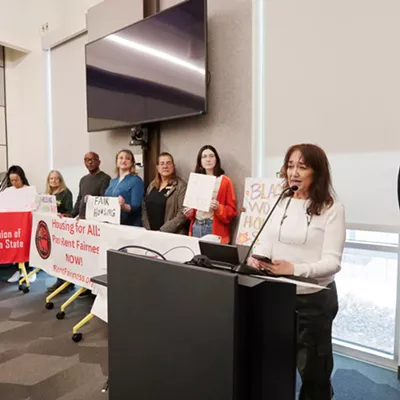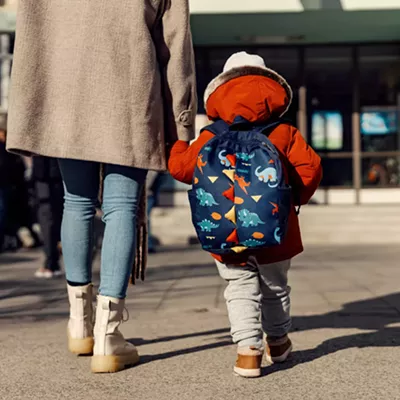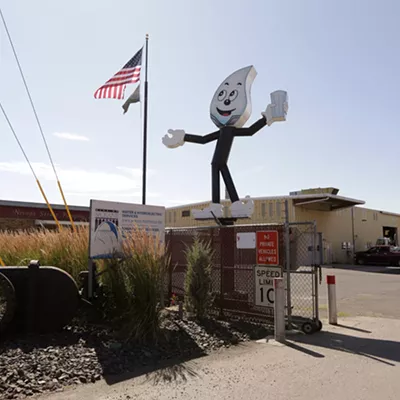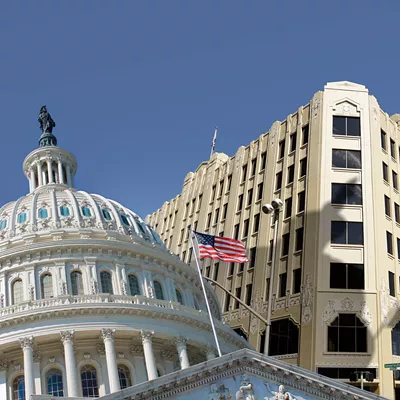But now, eight years later, thanks to a billionaire-funded blitz of a signature campaign, charter schools are heading to the ballot once again.
“We believe that the voters — regardless of what happened in the past — agree that the status quo is working for some, but not for all students,” says Shannon Campion, a spokeswoman for the initiative. “I think voters are ready to have that conversation again.”
One advantage this initiative may have over previous attempts: Charters aren’t as unusual as they used to be. The first charter school only sprung into existence 20 years ago, but now there are thousands scattered across the country.
So in 1996, during the first initiative attempt, the concept was largely foreign. About two-thirds of Washington voters opposed it. Yet, an almost an identical total also voted against school vouchers — a measure giving families money to send their children to private schools — indicating voters may have confused the two.
Technically, charter schools are public schools. They’re funded directly with public money and subject to much of the same scrutiny and standards.
They’re not controlled by the local school district, but by an independent nonprofit. In some cases, charters can hire and fire the teachers they want to, they can change hours and school schedules, and they’re not subject to the constraints of teachers’ unions.
For its part, Washington Education Association already voted to oppose the initiative, arguing that it would drain money from current schools.
“We have lots of innovative schools in Washington states now. The thing holding back additional innovation is the lack of adequate funding,” WEA spokesman Rich Wood says. “This isn’t the time to start experimenting on our students. This is the time to start investing in our classroom.”
When a student chooses to go to a charter school, the local school district loses out on the per-pupil money that student brings. Existing schools would have fewer students to teach, but less money to teach them with.
But with so few charter schools allowed at first, Campion doesn’t believe there would be much of an impact on current schools. Only up to eight could be created a year, up to a maximum of 40. Students who wish to attend would be selected by a lottery. And most crucially, if a charter school doesn’t perform, it’s eventually shut down. With that, Campion argues the schools would actually be subject to more scrutiny and accountability than other public schools.
Nevertheless, Wood of the WEA points to a Stanford University study examining the impact of thousands of charter schools across 15 different states and Washington D.C. It found that only 17 percent of charter schools had better math-score improvements than equivalent public schools, while 37 percent of charters had improvements significantly lower.
“I don’t want to make predictions,” Wood says. “But voters have rejected charter times three times before.”






















